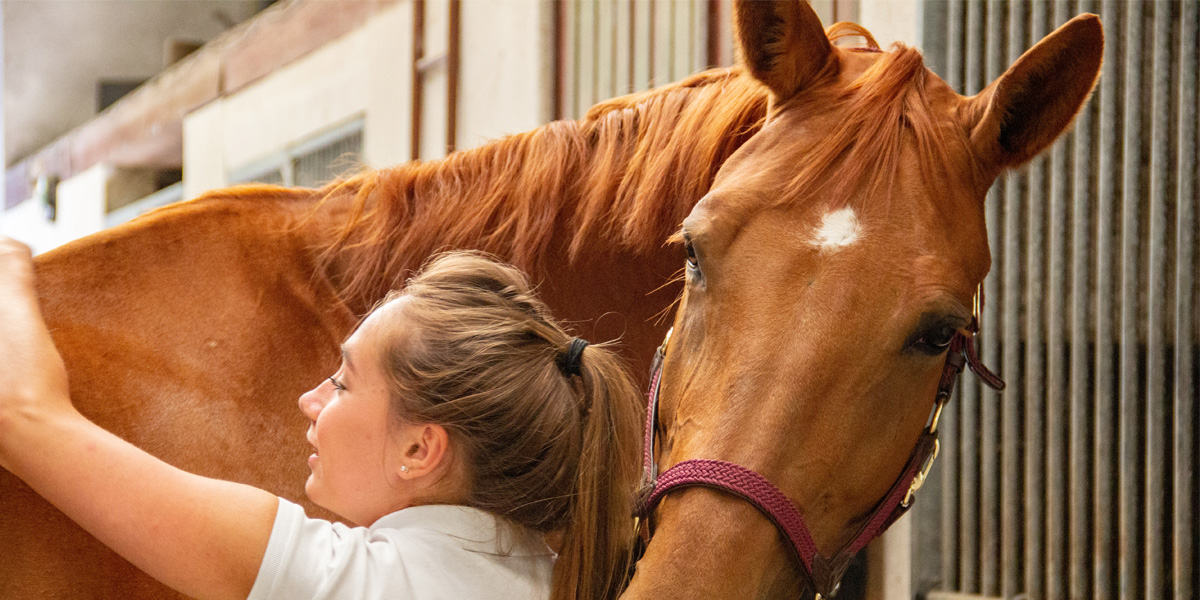
SAVE AN EXTRA $5 - $20 OFFUse code PETS in cart (Exclusions apply)

Save 40% with first AutoShipUse code NEW40 (Up to $40 max. Exclusions apply)

While efforts are made to answer all questions as quickly as possible, if an immediate answer is required or if your pet is in need of urgent or emergency care, contact your pet's veterinarian immediately.

You will receive an answer from Dr. Lindsay and our vet/tech team as soon as possible, usually the same day.
All answers are provided for informational or educational purposes only, and are intended to be a supplement to, and not a substitute for, the expertise and professional judgment of your pet's veterinarian.
It may be necessary to consult your pet's veterinarian regarding the applicability of any opinions or recommendations with respect to your pet's symptoms or medical condition.
Close
An error has occurred, please reload the page and try again.
Close
While efforts are made to answer all questions as quickly as possible, if an immediate answer is required or if your pet is in need of urgent or emergency care, contact your pet's veterinarian immediately.
There is no answer related to your question

Have you ever seen a horse at a show with a silky, shiny mane and a long, luxurious tail and wondered, “how can my horse look like that?” Whether you want to steal the spotlight at your horse’s next event, or you just want to keep them looking and feeling at their best, learning to groom and maintain their hair is an invaluable skill.
Feeding For Mane and Tail Health
No amount of grooming will combat the effects of an unbalanced diet on your horse’s mane and tail health. A thin, brittle tail and mane may indicate that your horse is getting too much, or not enough of certain nutrients.
Hair is primarily made up of a protein called keratin. A diet lacking in protein can result in poor hair growth. You can increase your horse’s protein intake by feeding more legume hays, which are higher in protein than grass hays. Some housekeepers supplement protein by adding alfalfa hay to their horse’s diet, or a pellet feed that contains a high-quality protein source like whey or soybean meal.
Fats aid hair growth by conditioning the strand and preventing breakage, resulting in thicker, longer hair. Vegetable oils, flaxseeds, and rice bran are all good sources of dietary fat for horses.
Supplementing with biotin, also known as vitamin B7, can also aid hair growth. Biotin helps convert nutrients into energy and also stimulates the production of keratin in the hair follicle for faster, thicker growth.
Over-supplementation of selenium can also cause a dry, thin coat. While the trace mineral is essential to heart and muscle function, too much can be toxic. Horses get selenium from forage, and the amount they consume depends on the selenium levels in the soil. Ask your veterinarian to test your horse’s blood selenium levels if you’re unsure.
Hormonal imbalances, internal parasites, and other illnesses can affect the growth and appearance of your horse’s mane and tail. If you do not see improvement, or if you notice other concerning symptoms like brittle, cracked hooves, make an appointment with your equine veterinarian to rule out underlying health issues.
How To Wash Your Horse’s Mane and Tail
Before you can style your horse’s hair, you must wash and detangle it. You can wash your horse’s hair as often as once a week and as infrequently as every 1-3 months, depending on their hair type and the season. In hot weather, your horse will sweat more and may need more frequent washing, while in the cold, it won’t be necessary or practical to wash as often. Gently work out any large dirt clumps, tangles, and sawdust shavings with your fingers before washing. Then, use high quality, silicone-free horse shampoo like EQyss MicroTek Shampoo to cleanse without stripping the hair of its natural oils.
Rinse out shampoo, then add conditioner, gently removing any remaining tangles by working your way up from the ends of the strands. You can use your fingers or a wide-toothed comb to remove tangles, taking care not to rip or tear at snags.
Leave the conditioner in for five to ten minutes, then rinse. You may also use a leave-in conditioner if desired.
Styling Your Horse’s Mane and Tail
Braiding keeps your horse’s freshly groomed mane and tail from tangling and breaking, especially under equipment, and can also protect it from sweat in hot weather.
You can braid your horse’s mane and tail while wet or after it dries. Keep in mind that braids can cause painful tension and discomfort as your horse moves if they’re weaved too tightly.
Your horse’s tail is made up of two parts: the dock and the skirt. The dock is the extension of their backbone surrounded by muscles and skin. The skirt is the hair that grows from the dock. It’s best to keep the weave loose close to their skin and at the dock of their tail, then tighter and more secure as you work your way down the skirt.
For the mane, a single running braid or many small braids are easy, comfortable styles to protect the hair during turnout time. You can secure braids with hair elastics, electrical tape, or yarn.
Over-brushing your horse’s mane and tail can lead to breakage and frizz. Some horsekeepers only brush the dock to promote circulation while avoiding the skirt. Some don’t brush at all.
Long tails can get messy, and may need to be wrapped, bagged, or tied up to keep them tidy between shampoos. You should trim to a manageable length and then maintain every 4-8 weeks to remove split ends, promote healthy growth, and prevent tangles. Cutting the tail into a “bang,” or a blunt, even end can make the tail look fuller and thicker.
 Swipe
Swipe